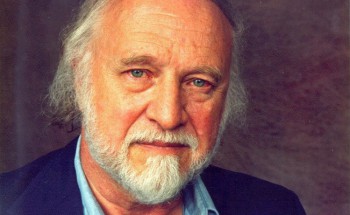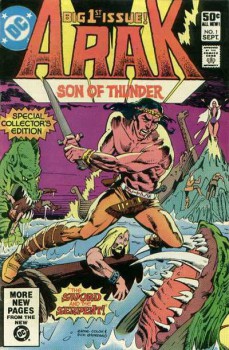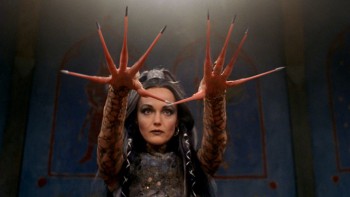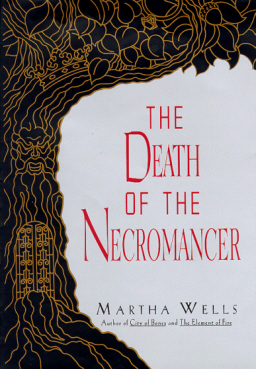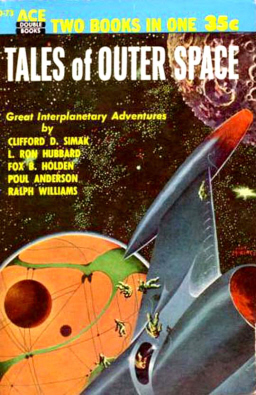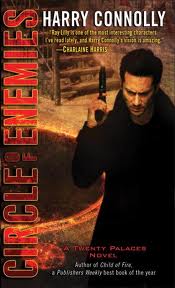The Top 20 Black Gate Fiction Posts in May
 Aaron Bradford Starr’s latest tale of Gallery Hunters Gloren Avericci and Yr Neh — the 35,000-word epic fantasy mystery “The Sealord’s Successor,” which Louis West at Tangent Online called “A gripping tale of fantasy, mystery, murder and intrigue. A must read!” — was our top fiction post last month.
Aaron Bradford Starr’s latest tale of Gallery Hunters Gloren Avericci and Yr Neh — the 35,000-word epic fantasy mystery “The Sealord’s Successor,” which Louis West at Tangent Online called “A gripping tale of fantasy, mystery, murder and intrigue. A must read!” — was our top fiction post last month.
Coming in a close second was Robert Rhodes’s story of a time-traveling swordsman, “Devotion,” followed by Vera Nazarian’s tale of armies, gods and a city on the brink of collapse, “Niola’s Last Stand.” Also making the list were terrific stories by Michael Penkas, Howard Andrew Jones, Mary Catelli, Judith Berman, Joe Bonadonna, Jason E. Thummel, and many others.
If you haven’t sampled the adventure fantasy stories offered through our new Black Gate Online Fiction line, you’re missing out. Every week, we present an original short story or novella from the best writers in the industry, all completely free. Here are the Top Twenty most read stories in May:
- “The Sealord’s Successor,” by Aaron Bradford Starr
- “Devotion,” by Robert Rhodes
- “Niola’s Last Stand,” by Vera Nazarian
- “The Worst Was Yet to Come,” by Michael Penkas
- An excerpt from The Bones of the Old Ones, by Howard Andrew Jones
- “The Turtle in the Sea of Sand,” by Mary Catelli
- “The Poison Well,” by Judith Berman
- “The Moonstones of Sor Lunarum,” by Joe Bonadonna
- “Assault and Battery,” by Jason E. Thummel
- An excerpt from The Waters of Darkness, by David C. Smith and Joe Bonadonna

